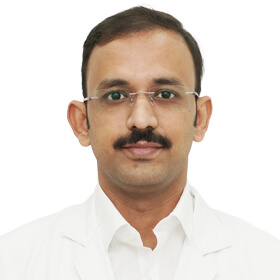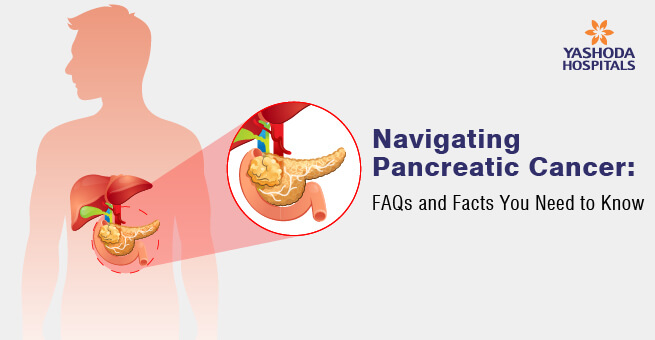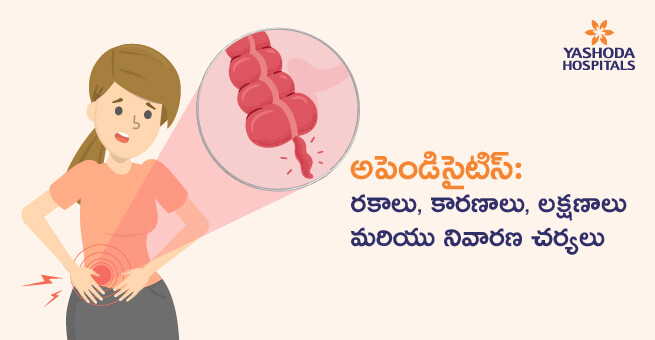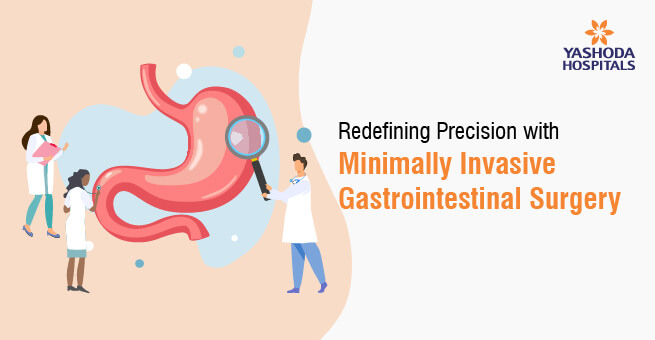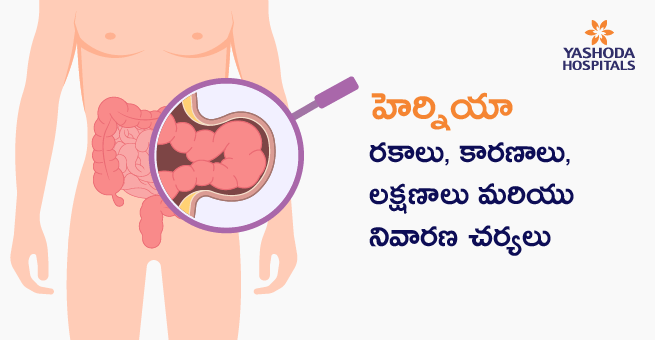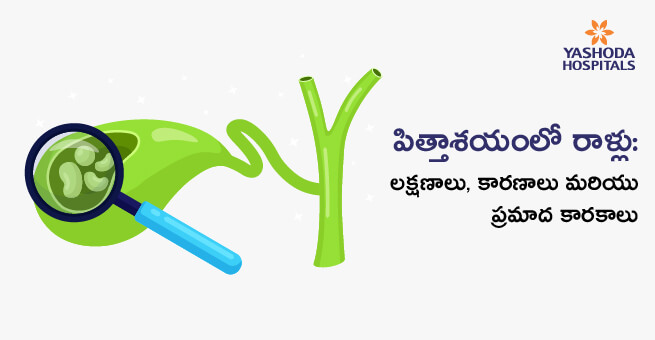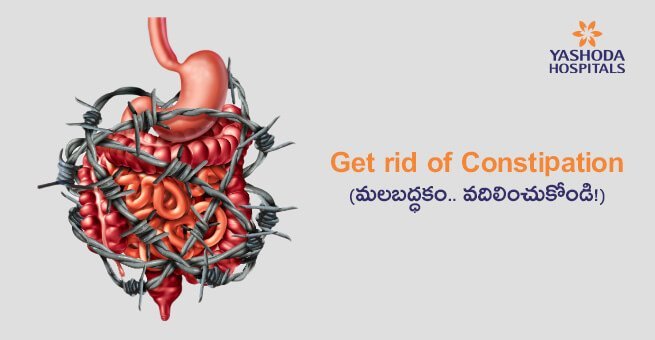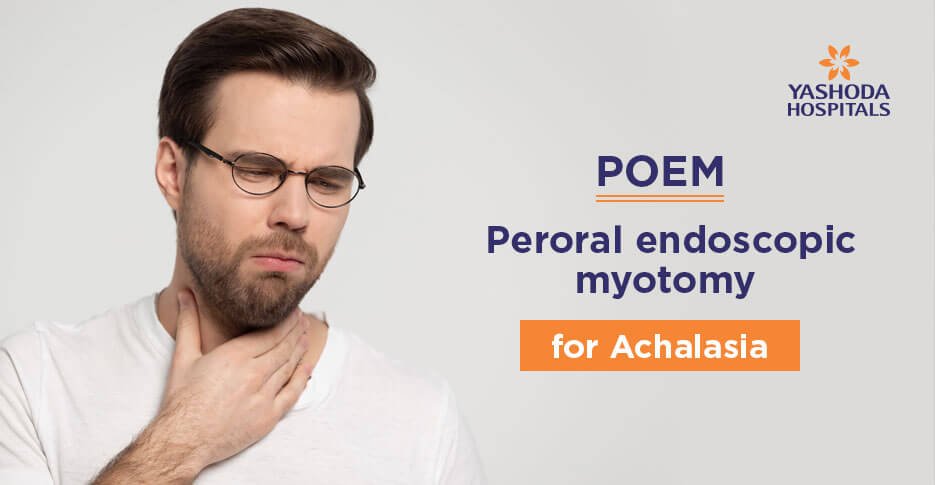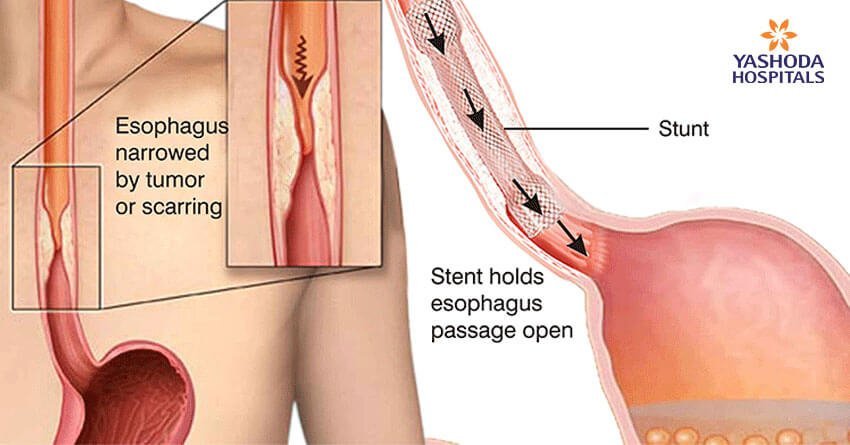Get Rid of Gallstones with Laparoscopic Cholecystectomy
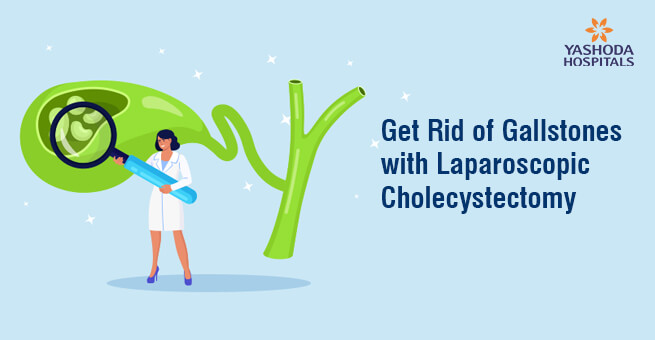
Have you heard of anyone having their gallbladder removed? What is a gallbladder? Just below the liver, there is a little sac-like organ called the gallbladder. Its primary job is to gather bile from the liver and release it into the intestine so that it can help in digestion. Why do you think such an important organ is removed? Read on to learn more.
Some people develop gallstones which can range in size from as small as a mustard seed to as large as a golf ball. The surgical excision of the gallbladder is often the most effective method of treating gallstones.
Why do gallstones occur?
Gallstones occur when the digestive juices harden to form concretions in the gallbladder. There are several theories about why stones occur in the gallbladder. They are:
- Supersaturation theory: It is the most widely accepted theory. Gallstones occur when bile is supersaturated with cholesterol. It is common among people who consume diets rich in cholesterol and carbohydrates.
- Hypofunctioning gallbladder: The gallbladder is not able to pump the bile into the intestines effectively, thus leading to stagnation of the bile and stone formation.
- Hemolytic disorders: In some chronic hemolytic disorders like sickle cell anaemia, bile gets saturated with bilirubin pigments and forms stones.
- Rapid weight loss: Rapid weight loss can lead to gallstones by decreasing bile secretion, increasing gallbladder contractility, and altering cholesterol levels in the bile.
- Prolonged fasting: Gallbladder stones can also be brought on by prolonged fasting due to changes in bile cholesterol levels, increased gallbladder contractility, and decreased bile production, which is similar to how rapid weight loss causes gallbladder stones.
Did you know that bad eating habits contribute to a lot of gallbladder disease cases?
What are the symptoms one can experience while having gallstones?

Most of the gallstones are asymptomatic. About 80% of patients with gallstones do not show any symptoms and are diagnosed incidentally while being investigated for other diseases. But the risk of becoming symptomatic is around 2–3% per year.
The most common symptoms one can experience are:
- Pain in the upper right region of the abdomen that is sudden and rapidly worsening.
- An abdominal ache that comes on suddenly and gets worse very quickly.
- Radiating pain between the shoulder blades.
- Right shoulder pain.
- Fever and chills.
- Yellowish discoloration of the eyes and urine (jaundice)
- Nausea
- Diarrhoea
Who are the patients that should undergo surgery for gallstones?
Any patient with the symptoms of gallstone disease should undergo gallbladder removal surgery since the stones have a tendency to grow with time and cause complications.
Patients with complicated stone disease (cholecystitis) should have surgery as soon as possible (preferably within 48-72 hours) after experiencing pain.
When the gall bladder stones slip into the bile duct, patients may have jaundice and/or fever. Such patients may require an endoscopic procedure called ERCP for the stones in the bile duct, followed by surgery for the gallbladder stones.
Some of the patients with asymptomatic gallstones might also require surgery. They are:
- People from areas endemic for gallbladder cancer, like the Ganga river belt in India, i.e., Jammu and Kashmir, Uttar Pradesh, Bihar, West Bengal, and Bangladesh.
- Young females planning for pregnancy ( to prevent the complications of gallstone disease during pregnancy)
- Chronic hemolytic conditions like sickle cell anaemia.
- Associate with gallbladder polyps larger than 1 cm in size.
- Gallstone size greater than 3 cm
- Suspicion of malignancy in the gallbladder
What are the advantages of laparoscopic cholecystectomy?

Laparoscopic cholecystectomy is a minimally invasive surgery to remove the gallbladder. The surgeon makes a few tiny incisions of 5–10 mm in size on the abdomen, and with the help of instruments, they remove the gallbladder.
The laparoscopic gallbladder surgery has several benefits, including:
- Lower risk of complications: Since the wounds created during the surgery are very small, there is a lower risk of complications like postoperative wound infection and inadequate wound healing.
- Reduced blood loss: The blood loss during laparoscopic cholecystectomy is significantly less when compared to a traditional open surgery.
- Less pain: Since the procedure is carried out under general anaesthesia, you will not be aware of the surgery, and since the wounds that need to heal are small, you can also benefit from less postoperative pain.
- Faster recovery: In most instances, one will be able to return home on the day after the surgery, and this can have a very positive effect on recovery. Patients who undergo laparoscopic gallbladder surgery can typically return to work around 1-2 weeks after the procedure, which is significantly less when compared to the traditional open surgery.
- Minimal scarring: Smaller incisions mean smaller scars that are easier to hide.
What to expect after a gallbladder removal surgery?
In order to remove the gallbladder, minimally invasive surgeries like laparoscopic or robotic surgeries are preferred over the traditional open surgery as they lead to fewer complications and a speedier recovery. The discomfort associated with minimally invasive gallbladder surgery is typically very low. Some people may also experience shoulder pain, which is temporary and is due to the gas used during the surgical procedure. Postoperative pain can be managed with the help of painkillers.
One can expect to live a perfectly normal life after gallbladder removal surgery, but may experience temporary side effects related to the way your digestive system processes fatty foods. These symptoms may include loose stools or diarrhoea, bloating, and cramping in response to certain fatty foods. Fortunately, these symptoms last less than a month and only affect 30–50% of people who undergo gallbladder removal. To prevent these complications, it is better to take small, low-fat meals at more frequent intervals during the initial few weeks after the surgery.
Surgery may seem like a big deal, but it can prevent any additional, unanticipated consequences from endangering life. One can live a healthy, pain-free life after a minimally invasive laparoscopic cholecystectomy. Gallstones have the potential to grow larger and reach the size of a golf ball if untreated, which could result in additional issues. It’s better to live a stone-free life than with an impaired gallbladder, which causes pain and discomfort.
References:
- Gallstones
https://www.mayoclinic.org/diseases-conditions/gallstones/symptoms - Gallstones (Cholelthiasis)
https://www.webmd.com/digestive-disorders/gallstones - Laparoscopic gallbladder removal
https://medlineplus.gov/ency/article/007371.htm
About Author –
Dr. Moode Jayanth, Consultant Surgical Gastroenterologist and Robotic (Hepatobiliary-Pancreatic and Gastrointestinal) Cancer Surgeon, Yashoda Hospitals - Hyderabad
MBBS, MS (General Surgery), DrNB (Gastrointestinal and Hepatobiliary-Pancreatic Surgery)










